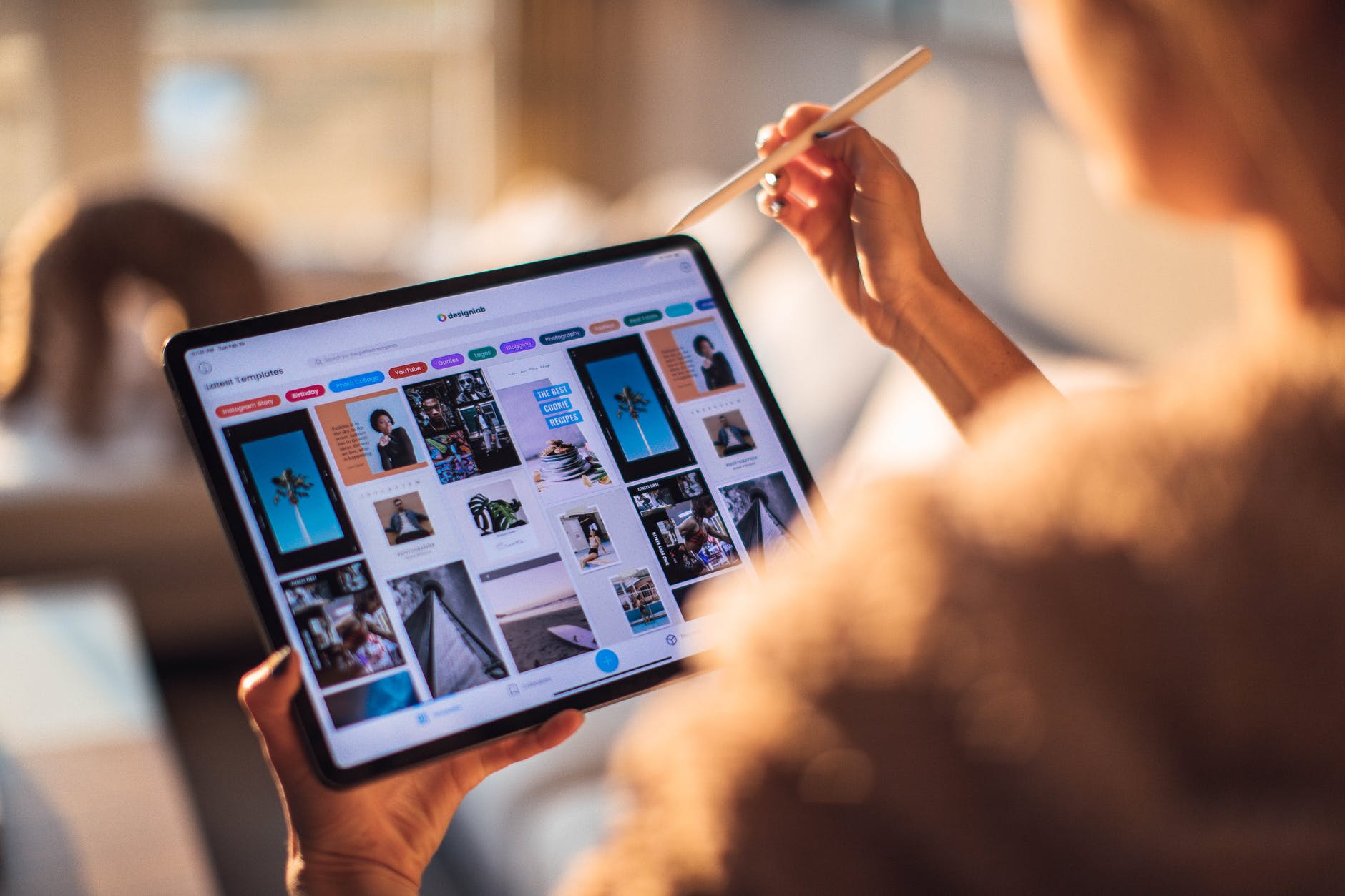As of 2020, almost half of the world’s population — an impressive 3.5 billion — owns a smartphone. The portable phone is now both ubiquitous and indispensable, a fact rendered more impressive when you remember the smartphone was barely in its infancy in the early 2000s. The first iPhone was launched in 2007; the first Android phone in 2008. Today, we use our phones for almost everything and have it on us all the time. These sleek rectangles have dominated our lives in little more than a decade, and they continue to be the setting for a truly staggering amount of cutting-edge technology and research.
One of the most sought-after functionalities of the mobile phone is the camera. Innovators have improved upon camera phone technology by leaps and bounds, resulting in todays’ offerings of crystal clear, multi-lens, multi-camera smartphones. Another important aspect is the sleekness of the device- smartphones have gotten slimmer over time, with greater display-to-screen ratios. These two requirements are often at odds with each other- so it comes as no surprise that manufacturers are looking into the options of under-display cameras.

In 2019, Oppo unveiled its plans for phone with an under-display camera “in the near future.” Oppo’s solution uses a custom transparent material that allows light into the camera lens without affecting touch control or display quality. In 2020, Xiaomi announced the production of phones with under-display camera technology. The Xiaomi version allows the camera to see through the gaps between the sub-pixels, the portion above the camera blending in with the rest of the screen. In September of 2020, ZTE launched the Axon 20 5G, a working model with an under-display camera. It seems very likely from all of this that the era of under-display cameras has only begun.
Technological advancements aside, this trend raises some concerning questions about privacy. Data collection and data mining is an everyday reality for the average internet user today. An experiment by the New York Times found that everything done online during a normal workday is logged in “obscene detail” by ad tracking servers. At the other end, smartphone cameras are vulnerable to hacking and there have already been instances of spyware being used in conjunction with selfie cameras. Under-display cameras are concerning development from this perspective.
A hidden camera, invisible to the naked eye and able to monitor its’ surroundings is reminiscent of something used in Orwell’s dystopian 1984. Smartphones are only the tip of the iceberg- an under-display camera gives rise to mass surveillance possibilities through a variety of screens in a variety of locations. The Guardian gives a potential rundown of the possibilities never-ending surveillance, eventually advising methods like covering webcams with tape and disabling microphones as the only real methods to ensure user privacy. Needless to say, using this solution on under-screen cameras is likely to render the whole device unusable.
There are countless ways to use or misuse new forms of information and communications technology, and the jurisprudence on the subject is still in its infancy. The direct and indirect ways in which mass surveillance affects everything from advertising to political campaigns is still being studied, and we have yet to find safe and effective ways of dealing with it that will not be a barrier to innovation or investment in the products many people want. Under-screen cameras may be of particular concern because unlike people who choose to use a smartphone with a camera, anyone can be potentially monitored without their consent if the technology advances far enough- which it seems likely to do in the near future given the popularity of the concept. However, they are just one part of what’s effectively a massive surveillance network, and focusing on it alone will fail to address the problem satisfactorily.
One of the reasons why there is now a crisis of privacy maybe because of how fast cellphones gained a foothold in modern life and how high the market penetration is. Other life-changing technologies took decades to become financially viable and even more time to be affordable to all but the richest consumers. This gave legislatures, academia and concerned governments enough time to identify new problems arising from the technology and to come up with methods counteracting them. Smartphones, cameras and the internet are all part of a raging maelstrom that barely gives people the time to take in new technology before the next innovation comes to the forefront. A true testament to the powers of human innovation- but also, possibly, a warning bell telling us that our legal systems need to be faster and more flexible than before to keep pace with the world we live in today.
Author: Varsha Valsaraj, Legal Associate at PA Legal.
In case of any queries, kindly contact us here